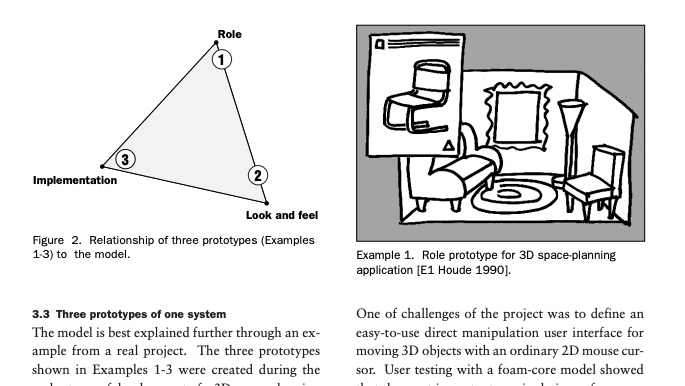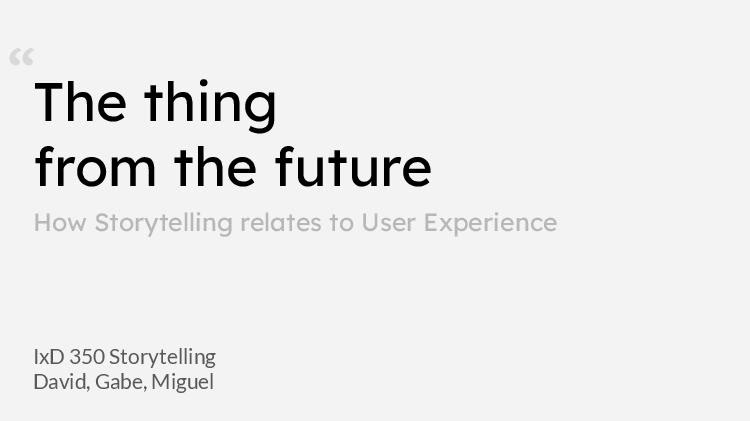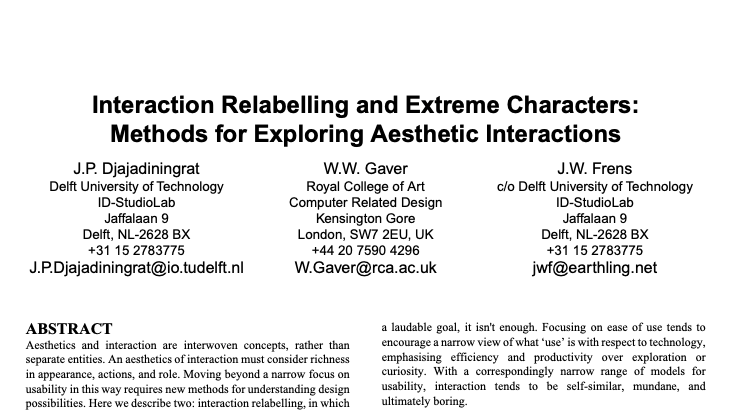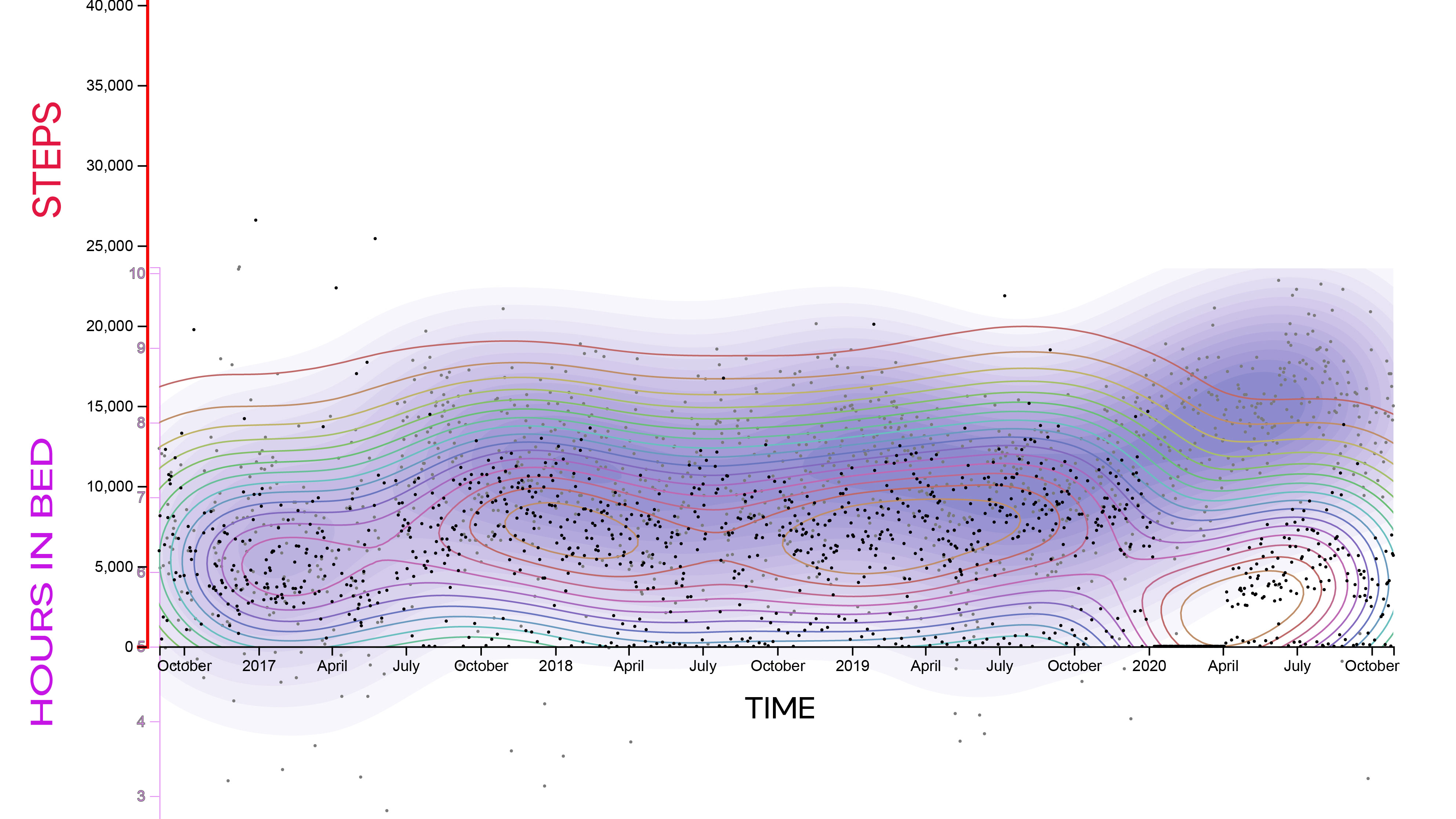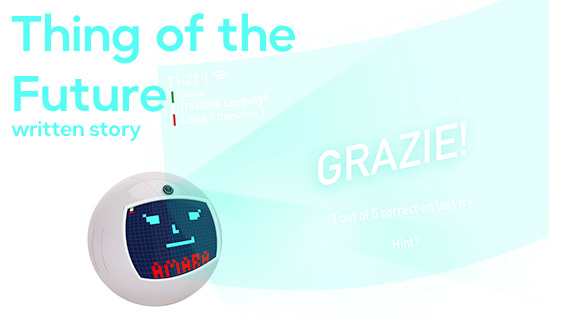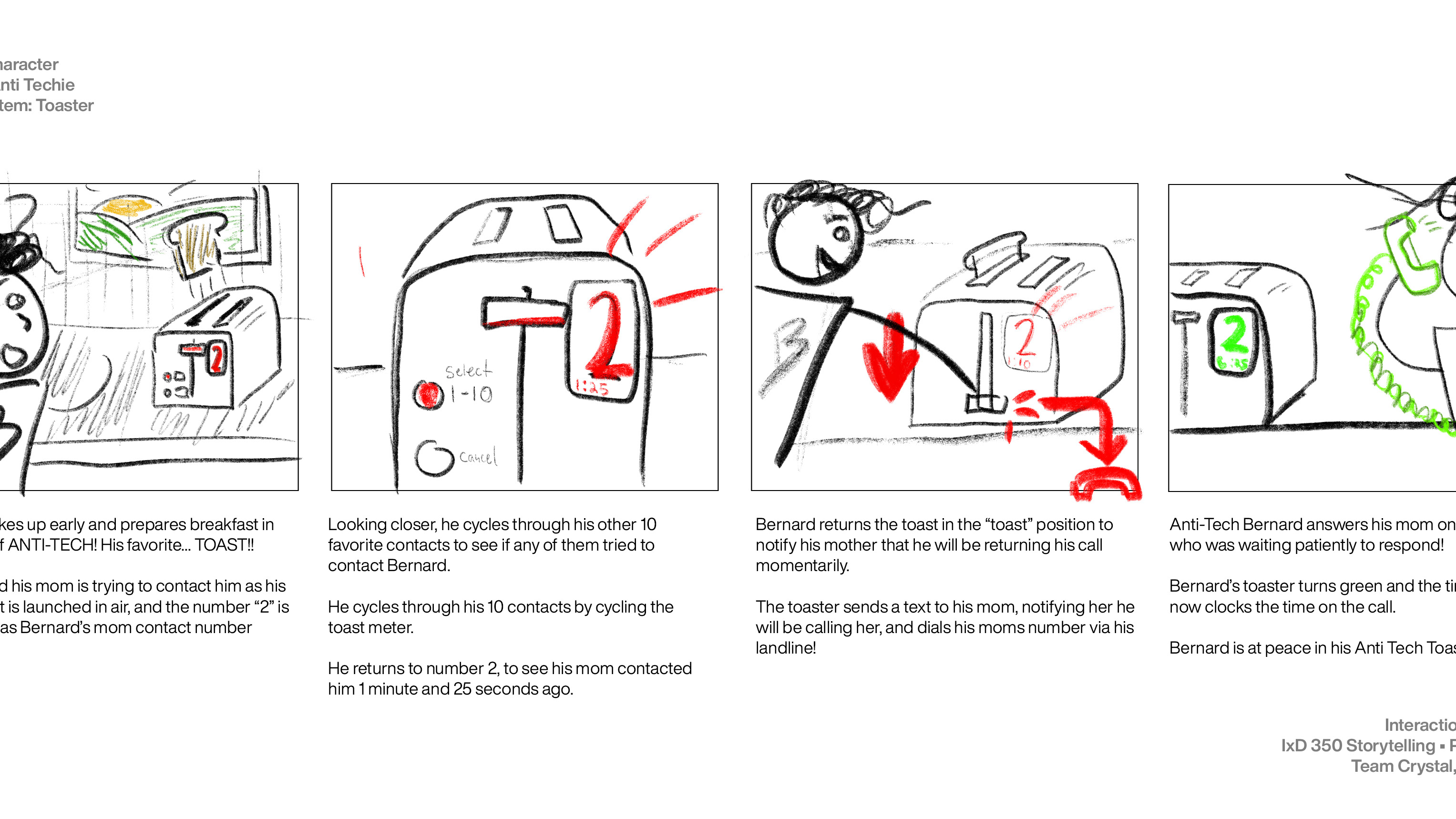From User to Character: by Lene Nielson - Reading Summary
In the article "From User to Character", writer Lene Nielson clarifies and provides an overview of a "model user" and describes what a "scenario" is, contrasted to other working examples by two authors "Cooper" and "Carroll." Nielson uses script writing as a tool to describe what makes an established character.
Firstly Cooper states it is "important to create believable Personas; this is done by creating specific details and being specific in the description. " Nielson goes on bring an scenario example of a woman finding directions in an airport with her PDA. Nielson describes Cooper's scenario as flawed as he "has a limited view on what constitutes humans, their differences and similarities." For example, Cooper's example of his Persona and scenario states that this fictitious example character, Angela, to have goals to "always be on time for meetings, travel without hassle, and don’t feel stupid."
Nielson argues that these seemingly normal goals by the writer are actually not common traits among other people, and that a "person is much more than his or her goals.
Nielson argues that these seemingly normal goals by the writer are actually not common traits among other people, and that a "person is much more than his or her goals.
A second example: a scenario of a boy "Harry" reacting to a bridge is defined by Carroll. Nielsen here argues that the character described is "difficult to engage with" and "weird" - this is a "Plot driven story". Nielson argues that it is first important to understand what motivates a user, rather than describe a scenario to explain a user's actions: they lack insight "into the user as a person".
Ultimately, Nielson believes a rounded, believable character based on real-world human emotions and experiences is required in order to write a well crafted story or design for a believable audience.


